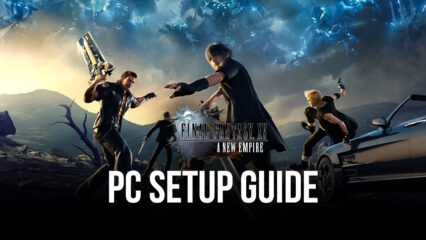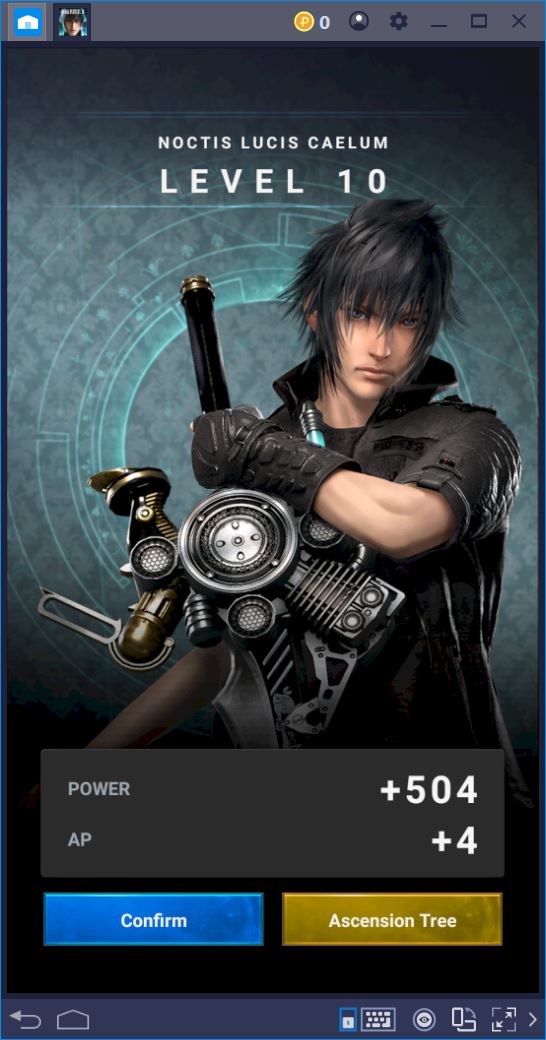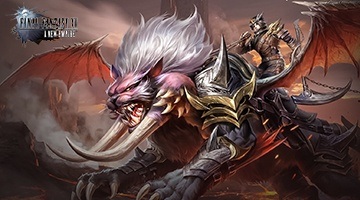FFXV: A New Empire - How to Build an Effective Army and Conquer Others

You realize just how complex Final Fantasy XV: A New Empire is when you finally decide to tackle other players. The order to attack is fairly straightforward: build an army > find a kingdom > march. But if these are the only preparations you make before you strike, you are likely to lose your troops, your resources, and even your hero. Not to mention you’ve just made an enemy you might not be able to defend against…
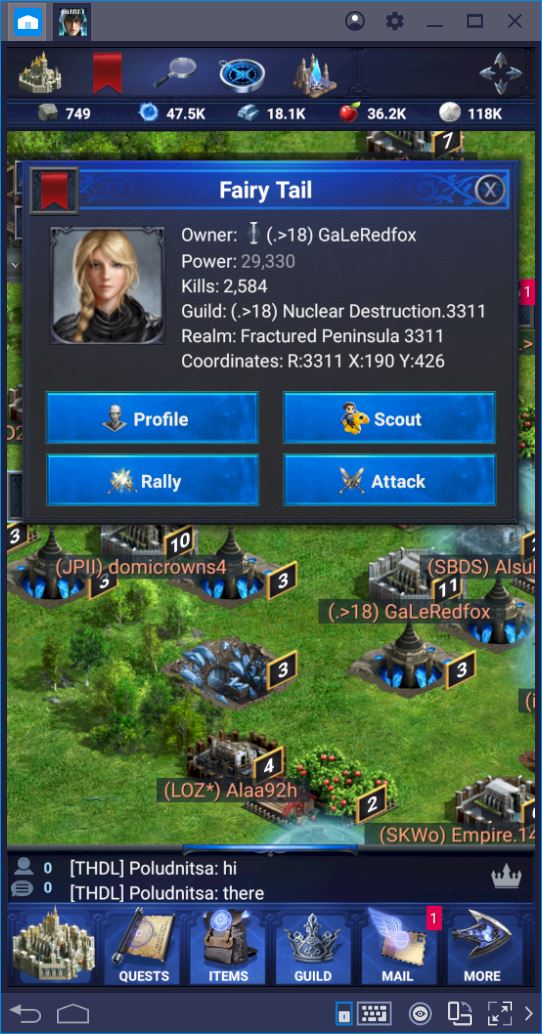
To build an effective army and attack successfully, you have to first develop a powerful base and then plan every little detail of your march. If you’re not yet sure what this might mean, rest assured. You’ll find all the details below.
Understand How Combat Is Resolved
When two armies clash in Final Fantasy XV: A New Empire, the game uses certain algorithms to decide both the victor and the number of casualties. It is absolutely essential that you understand these basic rules of engagement before you get into trouble with another player.
There are 4 types of units in this mobile strategy game – warriors, mages, cavalry, and siege – and each comes in 9 different versions, from Tier 1 to Tier 9 (introduced so far). We’ll discuss how these unique troops interact with one another in a moment, but for now, let’s focus on the general mechanics that they follow in battle.

When you attack, your army has the potential to do a certain amount of damage. This total is first applied in equal proportion to the opponent’s lowest tier troops. Only if all troops of a lower tier die, the remaining damage of your army is rolled over to the higher tier. And so on. The exact same principle applies when your casualties are calculated. First, the enemy damages your lowest tier troops, then higher units. As you’ll see in a moment, this principle sits at the foundation of most attack and defense strategies.

The Best Strategies and Troop Compositions
Whenever you decide to attack another player’s kingdom, you will likely configure your army based on their defense. The four types of units interact in the following ways:
- Warriors are strong against Cavalry and Siege Engines, but weak against Mages and Traps.
- Mages are strong against Warriors and Siege Engines, but weak against Cavalry and Traps.
- Cavalry are strong against Mages and Siege Engines, but weak against Warriors and Traps.
- Siege Engines are strong against Traps, but weak against pretty much everything else.
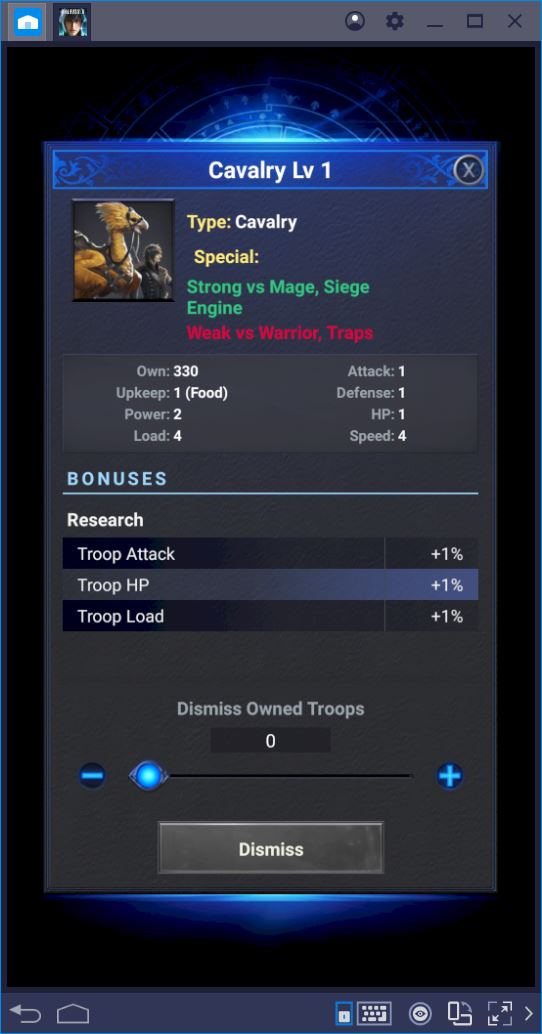
Naturally, you’ll want to configure your troop composition in a way that includes as many counter-units as possible versus your enemy’s build. For instance, if they have a lot of Warriors, you’ll want to include a ton of Mages. Of course, you can’t know what the enemy has unless you send a Scout ahead of the battle. Always – but absolutely always – send a Scout first.
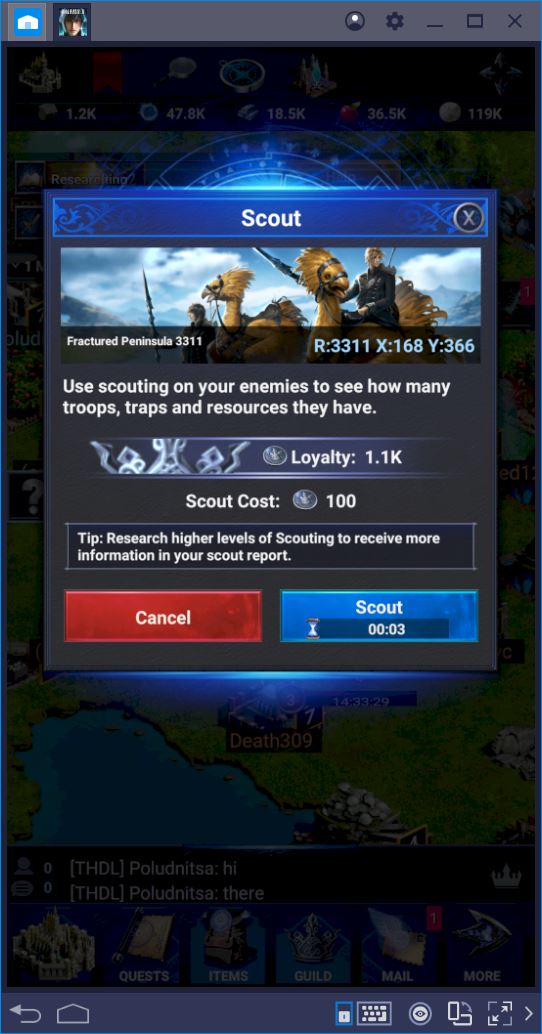
Play Final Fantasy XV: A New Empire on BlueStacks
In addition, there are a few strategies you can use to prioritize either massive damage or survivability. These include:
The “Missile” Strategy
With this strategy, you send in only one type of troops – the most effective against the enemy’s build – and use only your highest tier units. This ensures the maximum number of casualties on the part of the defender, but it also destroys your own army. If you don’t mind losing the (ton of) resources and training time needed to replace your sacrificed units, this is definitely the best way to inflict maximum damage to a kingdom.
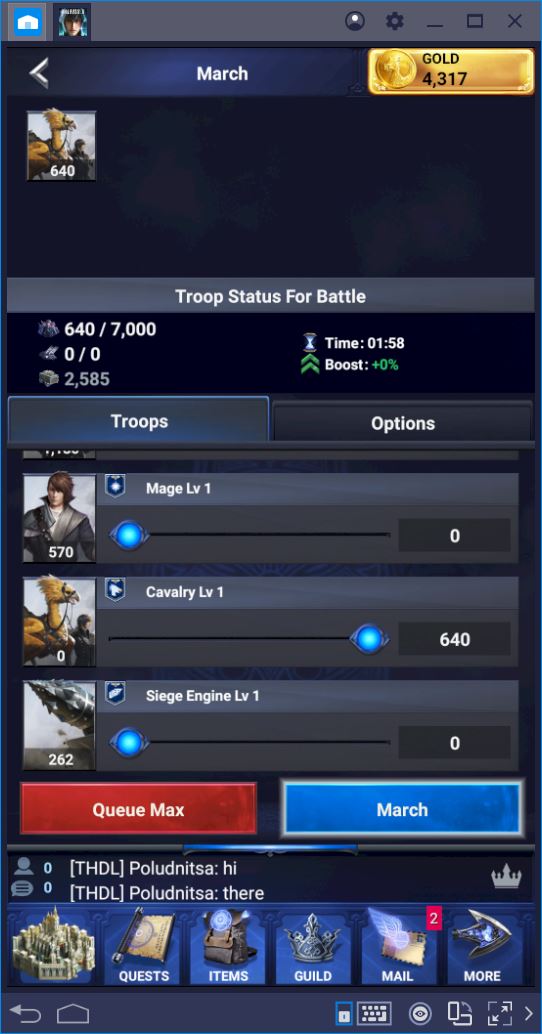
The Two-Tiers, One-Type Strategy
A variation of the “Missile” strategy, the Two-Tiers, One-Type composition still means you send only one type of troops to exploit your enemy’s weakness. This time, however, you send units of two tiers – Tier 2 and Tier 3, most likely – so that your high-cost troops are more protected. The bulk of the damage is absorbed by your Tier 2s, while your Tier 3s ensure plenty of casualties on the part of the defender.
A Balanced Mix
With this strategy, you send equal numbers of all types of troops of the highest tier. Overall, the attack will cause far less damage than with the two troop compositions above, but at the same time, it will mitigate the number of casualties in your own army. The balanced mix strategy is only effective if you’re up against an equal or weaker army. If most of the enemy’s units are higher tier than yours, the attack will likely fail miserably.
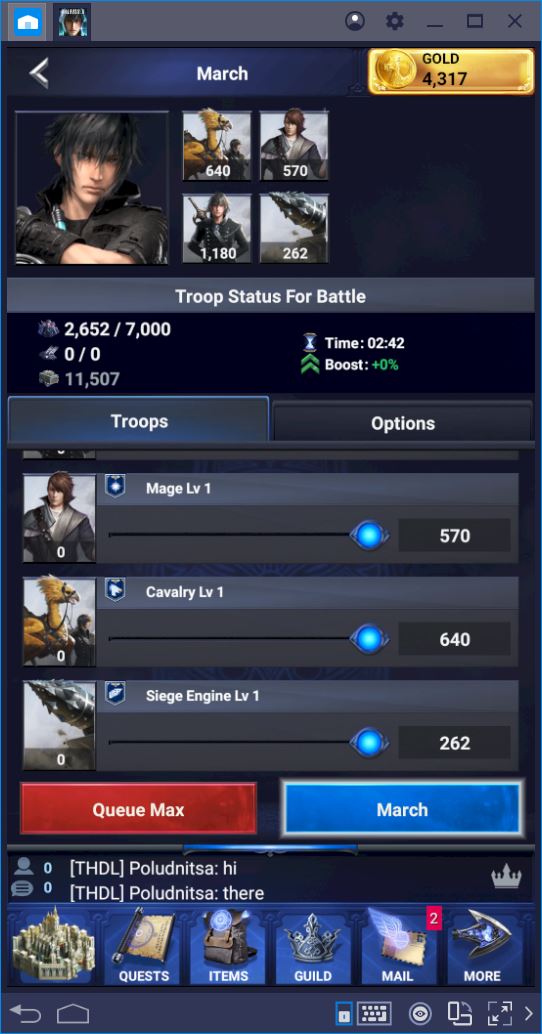
The Meat Wall Strategy
A combination of all tactics described above, this strategy requires that the bulk of your attack is made up of one type of troops of the highest tier (selected to inflict most damage based on the enemy’s army configuration), while the remaining units are a balanced mix of a lower tier. For instance, if we consider an earlier example where we scouted that the enemy’s defense consists of mostly Warriors, we ought to march with a majority of Tier 3 Mages and a mix of Tier 2 Warriors, Mages, Cavalry, and Siege Engines. The latter will form an effective meat wall and absorb most damage, while the Tier 3 Mages will be able to inflict a large number of casualties.
Using Siege Engines
Kingdoms are defended by walls, which can be augmented with Reinforced Walls (or “Bricks,” as players call them) and Traps. While the former absorb one point of damage per brick, the latter both absorb and deal damage, but count as one tier lower than their actual tier during battle. A good composition of Tier 2 and Tier 3 Traps, while very expensive to research and deploy, can eat up an entire army. This is why, as an attacker, you need a hefty number of Siege Engines in these situations. However, you should always remember that your damage is distributed equally among different types of units of the same tier. If the enemy’s defense is comprised 90% of Warriors and 10% of Traps, it makes little sense to include a lot of Siege Engines in your army composition.
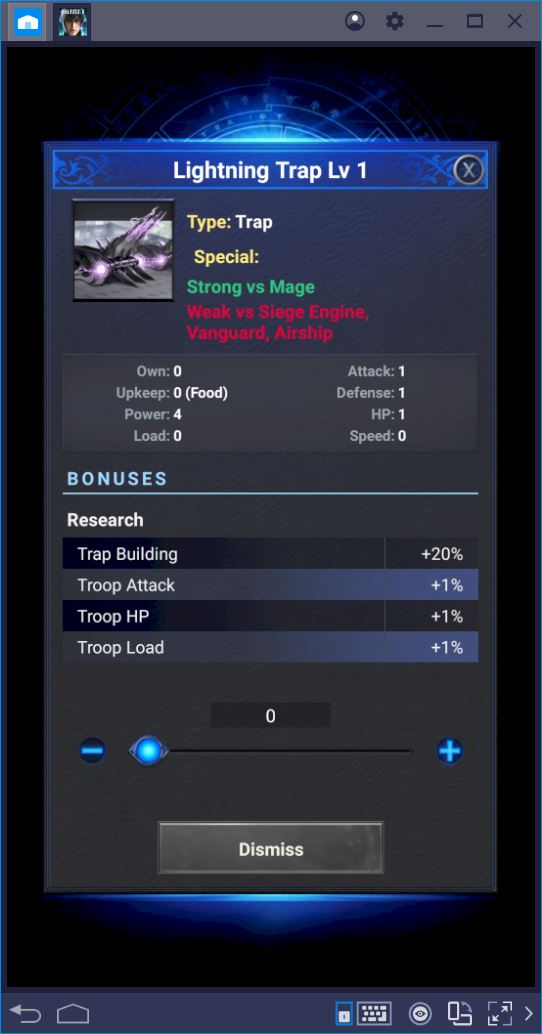
These are the basic strategies used by players on the offensive in Final Fantasy XV: A New Empire. However, the guidelines presented here merely scratch the surface. Consider, for instance, that there are many boosts both you and the defender can apply to your armies based on your University research, as well as by effectively using your heroes.
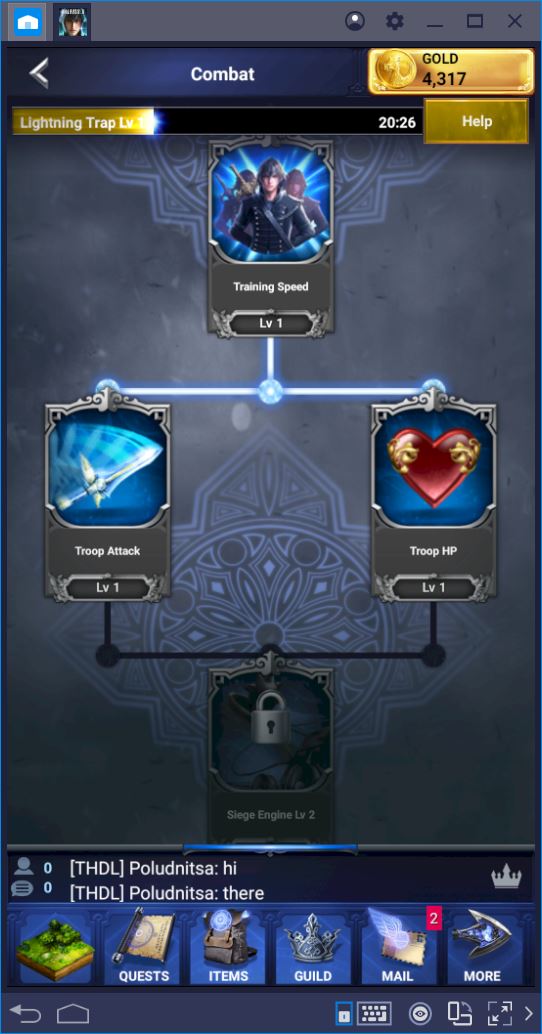
In addition, each march is unique because each enemy has different empire buffs, research skills, and troops. To win a war against another player, you’ll likely have to send not only a Scout, but also several teaser armies into battles you are most certainly going to lose – just to get the perfect composition before a massive march. Finally, no matter how strong you think you are at a certain point, remember that there are players who are willing to invest a fortune in this game. Be careful who you mess with out there or, at the very least, make powerful friends who can have your back in times of crisis.


